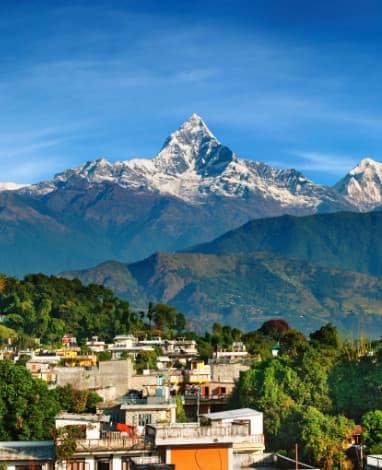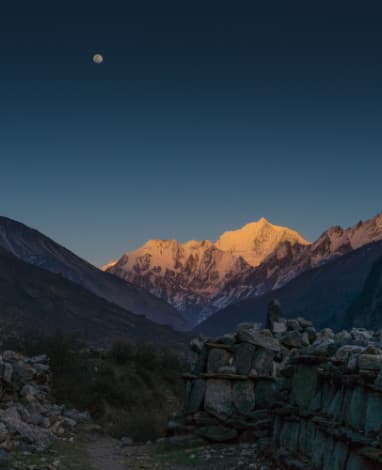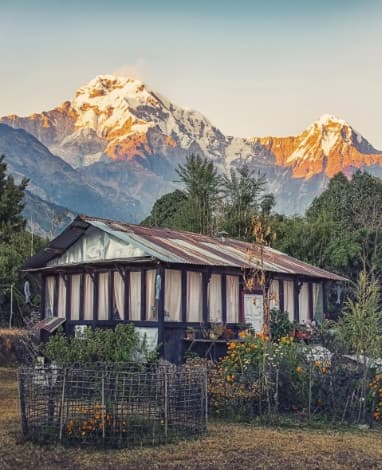
Lorem ipsum dolor sit amet, consectetur adipiscing elit. Etiam posuere varius magna, ut accumsan quam pretium vel. Duis ornare
Latest Updates
- More styles of home presentation
- Custom image title and font
- Custom font style
- Parallax sections custom
Follow Us: Facebook, Instagram, Google
Bhutan
This is tibet excerpt.
- 2 Tours
- 2 Reviews
The Roof of the World
Tibet is situated to the north of the Himalayas and is bordered by China, Nepal, Bhutan, and India. The region is dominated by high mountains, including Mount Everest, the world's highest peak. The plateau features a harsh climate with cold winters and mild summers.
Tibet, often referred to as the "Roof of the World," is a region in Asia located on the Tibetan Plateau, the world's highest plateau, with an average elevation of about 4,500 meters (14,800 feet). It is characterized by its unique geography, rich culture, and significant historical and religious influence.
Tibet, often called the "Roof of the World," is a region of extraordinary geographical, cultural, and historical significance, located on the Tibetan Plateau in Asia. This vast plateau, the highest in the world, averages an elevation of about 4,500 meters (14,800 feet) and is bordered by China to the north and east, Nepal, Bhutan, and India to the south, and the Kashmir region to the west. The formidable terrain includes some of the planet's highest peaks, such as Mount Everest, which straddles the border between Tibet and Nepal. The region's harsh climate, characterized by cold winters and mild summers, and its remote, mountainous landscape have historically contributed to its isolation and unique cultural development.
Historically, Tibet boasts a rich and complex past. The Tibetan Empire, which emerged in the 7th century, was a formidable force in Central Asia. Buddhism, introduced during this period, became deeply entrenched in Tibetan society, profoundly influencing its culture and politics. Tibetan Buddhism, with its distinctive rituals and monastic institutions, spread beyond Tibet to Mongolia, Russia, and parts of India, playing a pivotal role in regional religious and cultural exchanges. Over the centuries, Tibet experienced varying degrees of independence and subjugation, including significant periods under Chinese influence, culminating in its incorporation into the People's Republic of China in 1950. This incorporation remains a source of ongoing tension and conflict, particularly concerning issues of political autonomy and human rights.





Climate and Weather
Culturally, Tibet is renowned for its spiritual heritage, particularly Tibetan Buddhism. The Dalai Lama, Tibet's spiritual leader, is an internationally revered figure who symbolizes the region's religious traditions and its struggles for cultural preservation. Tibetan language and arts, including thangka painting, music, and dance, reflect a rich and enduring heritage. The Potala Palace in Lhasa, a UNESCO World Heritage Site, stands as a monumental example of Tibetan architectural ingenuity and religious significance. Festivals such as Losar (Tibetan New Year) are vital expressions of Tibetan cultural identity, featuring vibrant rituals, performances, and communal celebrations.
Culture and Traditions
In contemporary times, Tibet faces significant challenges and changes. As an autonomous region within China, Tibet has seen rapid economic development, particularly in infrastructure and tourism, driven by Chinese investment. However, this development often comes at the cost of traditional ways of life and raises concerns about cultural assimilation and environmental degradation. Tibet's unique environment, home to diverse wildlife like snow leopards and yaks, is increasingly threatened by climate change and human activities. Melting glaciers and habitat loss pose serious risks to the region's ecological balance and the livelihoods of its inhabitants.
History and Past
Tibet remains a land of profound natural beauty and cultural depth, marked by a distinctive spiritual and historical legacy. Despite its challenges, it continues to captivate the world's imagination, embodying a unique intersection of geographical grandeur, spiritual quest, and cultural resilience. The future of Tibet, balancing modernization with the preservation of its rich heritage, remains a critical issue for its people and the global community.
Filter Tours
Region Name
Activity
Duration
Price Range
Min Price
Max Price
Difficulty
No Tours Found
Our ExcellencyRecommended by Thousands of Travelers From All Over The World
Lorem ipsum dolor sit amet consectetur. Eleifend id sed urna velit lobortis ut etiam aliquet pulvinar. Adipiscing non tempor malesuada cursus convallis dignissim.